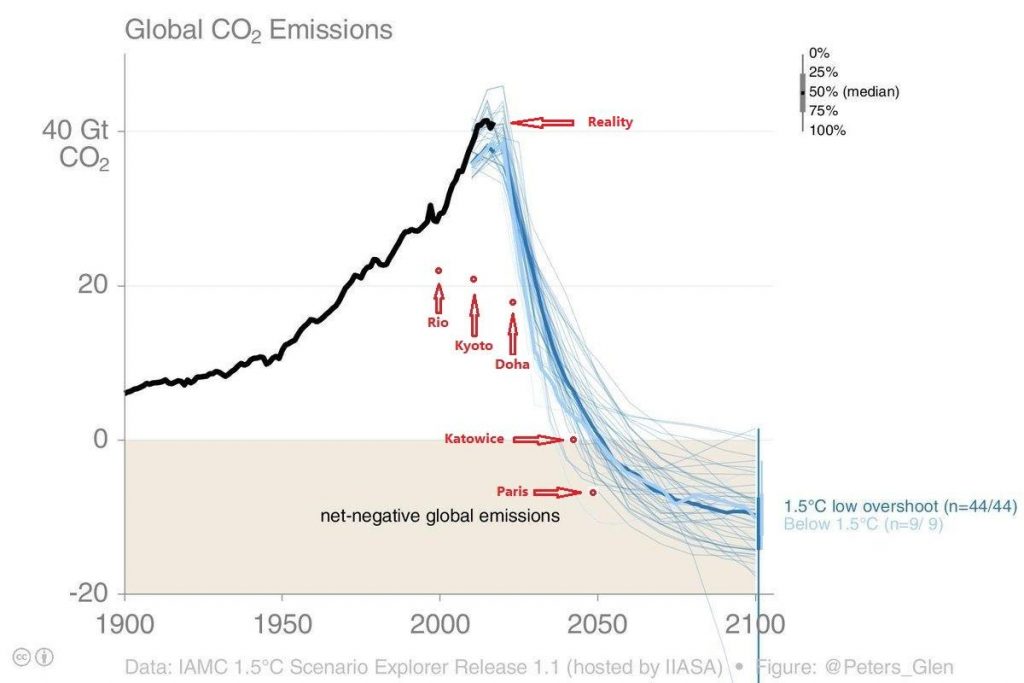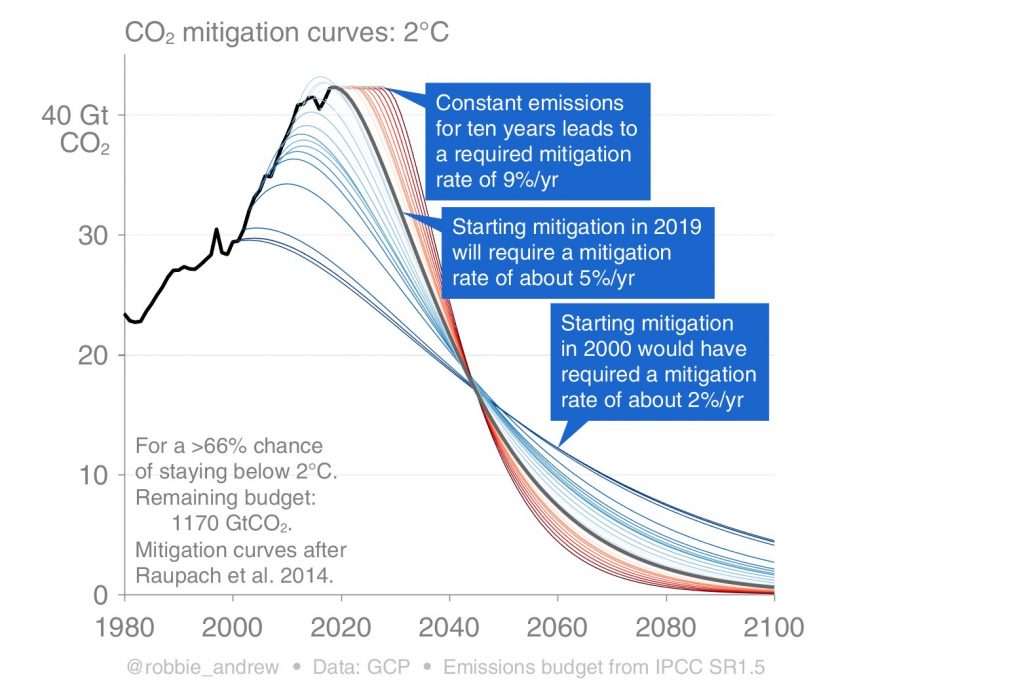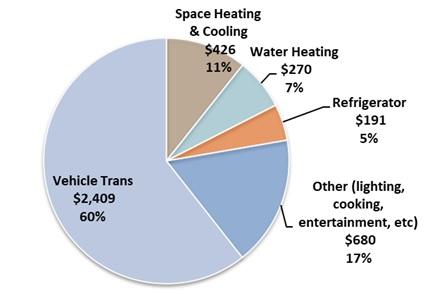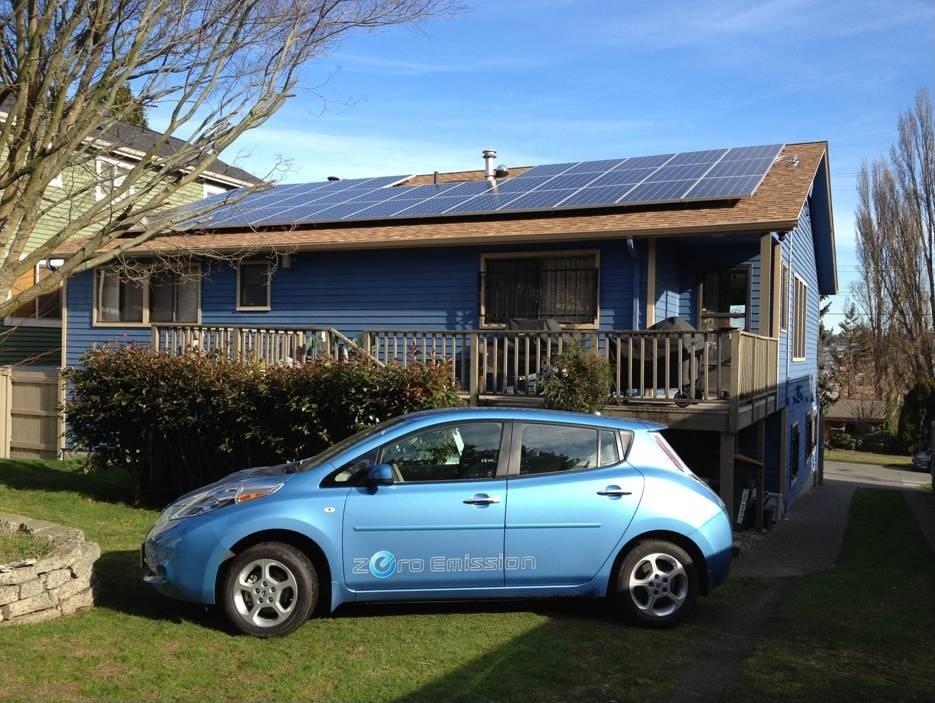
This post is a bit long, but stick with me; it will be worth it.
Do We Need To Wait For Major Climate Policy Changes and Government Programs?
Some people say that individual actions are insignificant and that governments must initiate action on a massive scale. Is that true?
First, let’s look at the big picture. Although each successive climate summit has produced goals of ever lower carbon output, reality is that emissions have increased over that time on an exponential curve.

So it’s pretty evident that governments are not getting the job done. Developing countries have created the fastest emissions growth, but developed countries emit three times as much per-capita, so this is a problem that we all have to work on. And because it is the eleventh hour, we are going to have to work fast, as the chart below shows. You can choose to behave as if there was a government mandate to eliminate carbon emissions.

Here’s the good news.
If you are a homeowner, or drive a car, or both, you can reduce your carbon output by a lot, up to 60% or more of your share of 33% of carbon emissions in Seattle. You can reduce the amount of energy that your car consumes, pay less per unit for that energy, it can be zero-emissions solar energy, and the money you used to spend on gas will stay here in the local economy. The Washington State Department of Commerce stated in their 2018 Biennial Energy Report:
“Electric cars strengthen Washington’s economy by keeping more money circulating locally. More than $10 billion in fuel spending leaves the state each year. According to the U.S. Energy Information Administration, two-thirds to three-quarters of the price of fossil fuels pays for the raw resources: crude oil, coal and natural gas. Since Washington doesn’t produce any fossil fuels, all that money goes elsewhere.”

There are 43,000 EVs in Washington now, keeping $50-60 million from leaving the state every year.
And the personal economics are fantastic.
This is partly due to the fact that combustion engines are terribly inefficient at 15%. (When you buy gas for $3.50, only 53 cents is moving you around. The other $2.97 is heating the air.) Electric motors in EVs are over 90% efficient. Even accounting for battery charging losses, electric cars travel four times as far as gas cars on the same amount of energy.
The other economic benefit comes from producing the electricity for your car(s) from your own solar panels. This stabilizes the cost of your electricity over a period of 25 years or more, often at a rate much lower than utility rates.
When you combine the two of these, the lower cost of solar energy increases the savings vs. the cost of gasoline.
Here’s an example:
| 9.3 kW PV sy | |
| Installed cost w/tax | $ 22,993.00 |
| Federal tax credit | $ 6,898.00 |
| Net cost | $ 16,095.00 |
| PV loan payment | $ 95.00 |
| Avoided kWh cost | $ (118.00) |
| Savings | $ 23.00 |
Or if you paid cash, savings would be $64/mo to start, increasing as utility rates rise.
Now let’s say you traded in your gas car and got an electric car. Let’s see how that works out.
| 9.3 kW PV sy | |
| Installed cost w/tax | $ 22,993.00 |
| Federal tax credit | $ 6,898.00 |
| Net cost | $ 16,095.00 |
| PV loan payment | $ 95.00 |
| Avoided kWh cost | $ (118.00) |
| Avoided gasoline cost | $ (116.00) |
| Savings | $ 139.00 |
| CO2 eliminated | 672 lbs/mo |
With the $139 monthly savings you could make payments on a $7,750 60-month loan toward the EV purchase. So it is possible, for no-net-cost-to-you, to have solar-powered electric transportation.
If you have been thinking about how to reduce your carbon footprint and this idea sparks your interest, call (206) 706-1931 or use our web form to contact us for a free estimate and consultation.



